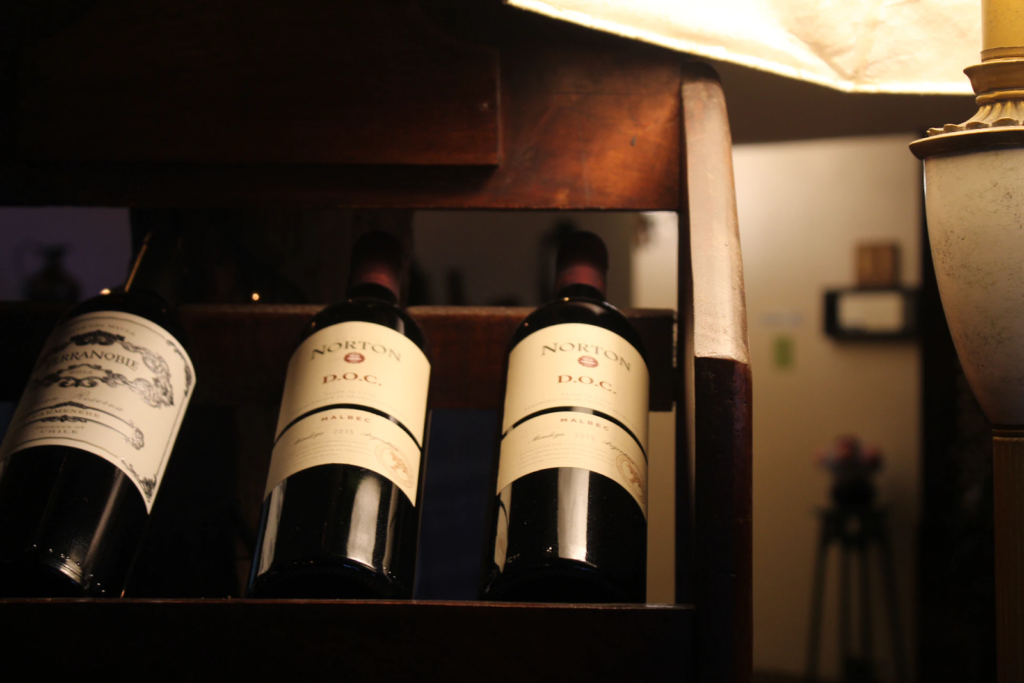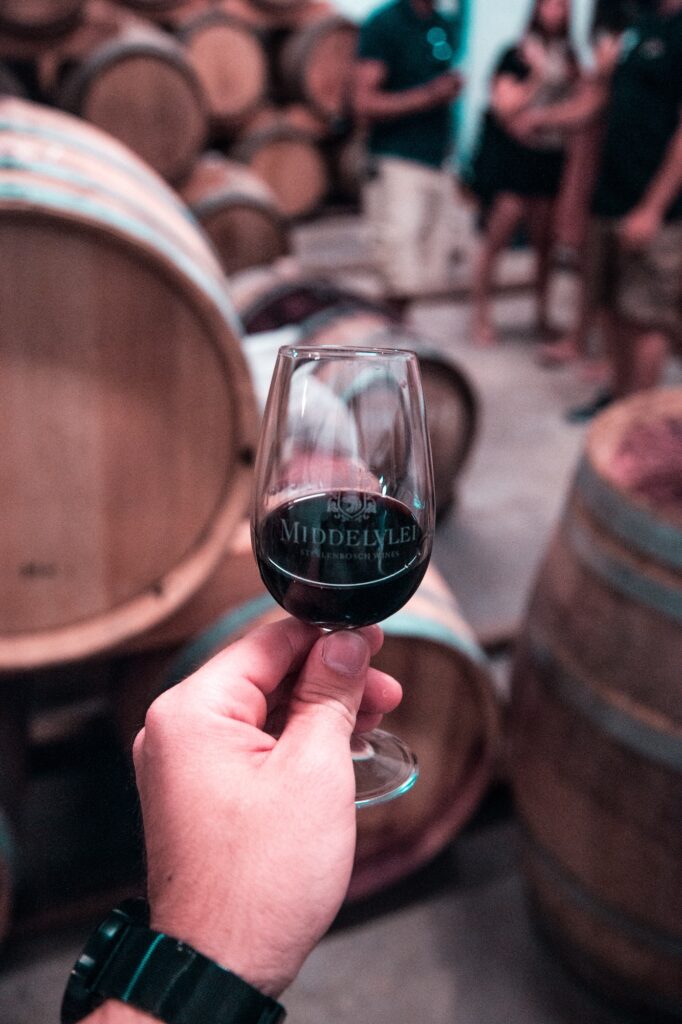Always having wine on hand isn’t only convenient; it’s fun. You can whip out a bottle when your friends come over, you can mix and match types to pair with different foods, and you can watch your collection grow.
However, it would help if you didn’t store your wine collection in any old cupboard. So, instead, you should follow some best practices when it comes to organizing and protecting your wine collection.

5 Ways To Organizing And Protecting Your Wine Collection
Ways to Organize
While you can purchase different organizing racks and structures for your wine to sit in, there are a few different ways you can organize the bottles when the time comes to settle them into place. For example, you can organize wine by type, date, or grape type.
Wine Type
Take a look at your collection. Then, divide the bottles into categories based on their type: red, white, rosé, and sparkling. From there, you can mark off sections in your space dedicated to each class. Then, it’s just a matter of inserting the bottles.
Wine Date
If you want to keep track of your wine’s aging process, you might want to organize your wine by their dates. That way, if you have an old bottle you’ve been saving for a special occasion, you’ll know exactly where to go to grab it when the time comes around rather than having to remember where you put it. Keep in mind that only the highest quality white wines will be worth saving.
Wine Grape
Lastly, you can organize your wine collection by grape. You can do so alphabetically, by type first and then grape, or whatever way that makes the most sense when using the grape as your guiding point.

Ways to Protect
Just because you correctly store your wine does not necessarily mean that you’re fully protecting it from harm. Instead, ensure the correct temperature in the space, do not store your wine upright, and keep light out.
Checking the Temperature
You should always store wine in a cool, dry place to ensure your wine’s flavor profiles do not flatten or spoil. If your storage space’s temperature is too hot, your wine may cook, so to speak, resulting in altered tastes and aromas.
Ultimately, the ideal temperature you’ll want to set your storage space to is between 35 and 65-degrees Fahrenheit. Similarly, you don’t want your space too cold. If the wine gets too cold, the bottles may actually expand and push the corks out.
Store Bottles Horizontally
While keeping a wine bottle upright for a short period is fine, you won’t want to do so for the long term, at least for corked bottles. Storing corked wine bottles on their side can cause the cork to dry out. As a result, oxygen may penetrate the wine and cause it to spoil.
Keep Light Out
While light bulbs might cause your labels to fade, you’ll want to protect your wine from sunlight. The UV rays from the sun can penetrate your bottles and prematurely age your wine. So instead, keep your collection in a dim room.
Other Things to Know
You might want to consider a few more rules of thumb when organizing and protecting your wine collection, including storage duration and placement.
How Long Can Wine Last in Storage
Typically, red wine can survive in long-term storage for up to three years, while white wine lasts only two years.
Storing Wine in a Wine Cooler
A wine cooler is an optimal choice for wine storage, primarily for opened bottles or short-term storage. These storage devices maintain an appropriate climate for wine but are not ideal for the long term since not all wine thrives for too long inside.
For instance, high-quality red wine might require more particular storage requirements and won’t benefit from being stored in a wine cooler with white wine.

In Conclusion
Yes, organizing and protecting your wine is crucial to its survival. That being said, it is most important to have fun with the process. Cultivate a space for your collection that you’re proud of while also implementing the best organizational and protection practices.
